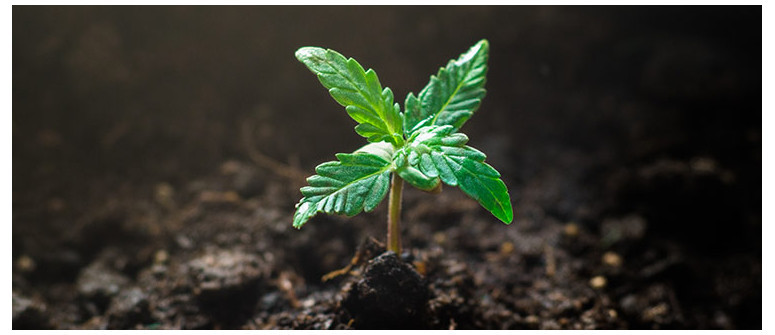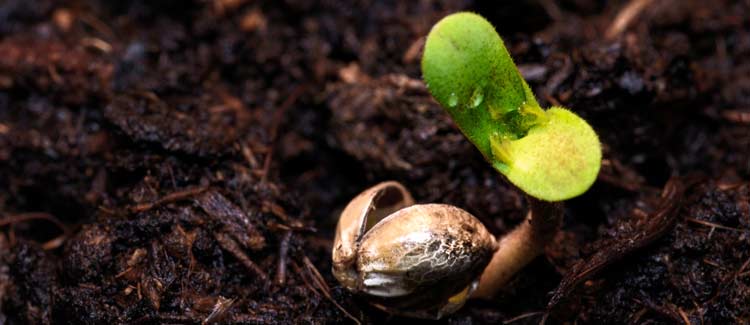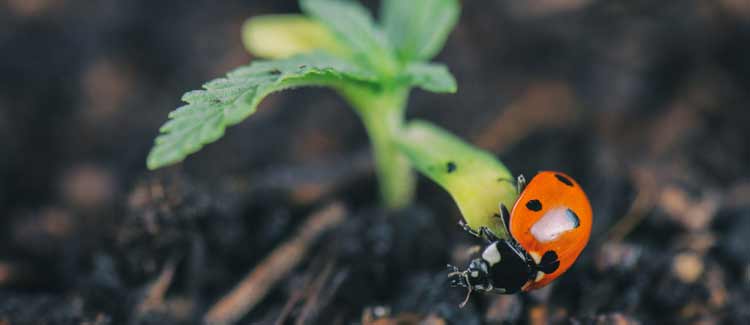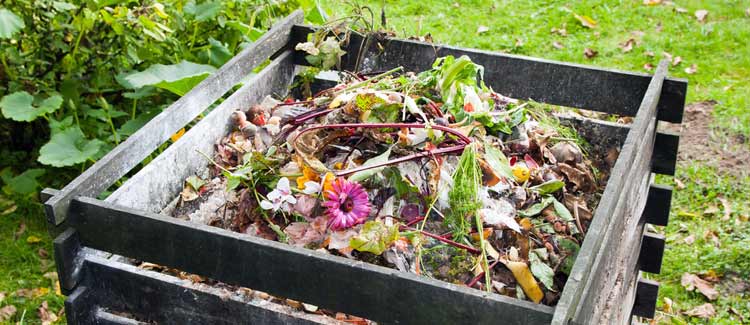Growing vegan weed: an introduction to veganic gardening

Growing vegan isn't as difficult as it may sound, and the benefits will surprise you. Find out the history and impetus behind veganics.
Veganics is changing the way weed is grown all around the world, turning commercial farmers and even hobby growers onto natural, plant-derived farming methods that produce super tasty and potent buds all year round.
WHAT IS VEGANICS?
Although it sounds like something out of a sci-fi movie, “veganics” simply refers to an agricultural process that combines the cornerstones of veganism and organics.
Put simply, veganics (also known as veganic gardening) abstains from using synthetic, chemical-based additives and animal-based products. Instead, it promotes the use of natural, plant-derived fertilizers, nutrients, etc.
The real aim behind veganics is to grow plants (be it cannabis or tomatoes) that are free of unnatural chemical residues and that impact the environment as minimally as possible.
Veganics first began popping up in agricultural literature half-way through the 20th century. One of the biggest authors to begin exploring veganic gardening was Maye Bruce, who introduced people to vegetable composting in the 1940s via her book “From Vegetable Waste to Fertile Soil.”
Another big name in the world of veganics is Rosa Dalziel O’Brien. Together with her son Kenneth, Rosa developed what she coined “veganic gardening” after she came up with a theory that animal products might damage soil health (a theory later proven to be true). Kenneth O’Brien’s book “Veganic Gardening” was published in the 1980s and outlined the theory and practice he and his mother had begun developing years before.
Today, veganics is a well-established gardening method used by people all across the world to grow all kinds of crops, including cannabis.
WHAT ARE THE BENEFITS OF VEGANICS?

There are many benefits to veganic growing, and hence, there are many reasons why gardeners choose to make the switch from animal-based fertilizers.
One big reason cannabis growers go veganic is to obtain a purer, better tasting, and more natural final product. Synthetic nutrients, herbicides, and fertilizers can leave behind byproducts and other contaminants, which are often harmful to the human body.
By using natural, plant-derived products, gardeners are able to grow products that are free of such contaminants and therefore better for human consumption. This is equally important for food products like vegetables and fruits, as well as a versatile product like cannabis.
Another important reason people use veganics is to minimize their impact on the environment. The chemicals in synthetic products like fertilizers, nutrients, and pesticides/herbicides can be extremely damaging to the natural environment. When growing cannabis or any other plant (especially outdoors), these chemicals can work their way into local ecosystems, where they can cause irreversible damage to natural flora and fauna.
HOW DO PLANTS BENEFIT FROM VEGANICS?

The benefits of veganics aren’t just limited to the taste and quality of the weed you harvest. Using veganics also provides your plants with direct benefits.
The main benefits of veganics come from the fact that veganic nutrients are much easier to digest. Kushman refers to the difference between organic and veganic nutrients like the difference between Thanksgiving dinner and a sushi dinner:
“Both can be nutritious, but you have to admit that after you have Thanksgiving dinner, you need to sit on the couch and wait for your body to create all the digestive enzymes to get it going. But, no matter how much you gorge yourself on sushi, 10–15 minutes later, you get energy from that sushi because it’s so easily metabolized by your body.”
Veganic nutrients are easier to digest for plants because they contain less waste products. And because veganic-grown plants spend less timing metabolizing nutrients, they can spend more energy growing and developing essential oils, terpenes, and other powerful compounds.
HOW TO INTRODUCE VEGANICS TO YOUR GARDEN

While abstaining from synthetic or animal-derived products might sound difficult, it doesn’t have to be.
Because cannabis growers are becoming increasingly aware of the benefits of natural grow techniques, there’s now a budding variety of veganic products on the market.
Companies like Canna, for example, are devoted to creating a wide variety of veganic products, including soils, nutrients, fertilizers, and more.
However, if you want more control over your garden, you may be interested in creating your own veganic products at home. Obviously, this isn’t feasible for everyone, especially growers with limited amounts of time, money, or space.
If you’re interested in going veganic, it’s a good idea to focus on your soil first. In order to get a great veganic grow going at home, it's important your soil has a rich ecosystem growing inside it, made up of a wide variety of microbes.
You can source these microbes from almost any natural, unprocessed, plant-derived product you can think of. Some good places to start are organic teas, grass clipping, vegetable cuttings, and any other type of plant waste.
This waste will provide plenty of food for the microbes in your soil. When these microbes thrive, they’ll in turn create a ton of natural nutrients for your plants.
One of the simplest ways to create rich veganic soil is to compost. Remember, because you’ll be growing veganic, you’ll want to avoid things like bat guano (rich in nitrogen) and seabird guano (rich in phosphorus). But don’t worry, you can still source these nutrients from plants.
Some nitrogen-rich plants to add to your veganic compost include alfalfa, nettle, spirulina algae, and kelp, all of which you’ll find at garden stores. Nitrogen is extremely important for the vegetative stage of your plant and will help your plants grow big and strong.
Phosphorus and potassium, on the other hand, are more important during the flowering stage, and will help your plants produce big, dense, and potent buds come harvest time. To increase the phosphorus and potassium levels in your soil, look to roots like burdock or yams.
Other great sources of phosphorus and potassium include apples, peaches, and plums.
When it comes to nutrients, you have two options as a veganic gardener. You can create your own nutrients using natural, organic, and vegan products. But, if you’re not up for the job, you can also use a pre-mixed veganic nutrient line available at your local garden center.
Kyle Kushman’s line of Vegamatrix, for example, is a great option, and is available in bottles like standard synthetic nutrients. The various types of Vegamatrix are organized just like your standard nutrient mixtures; Grow for the vegetative phase, Bloom for the flowering phase, and Boost for when your plants need a little “pick-me-up.”
Another solid line of veganic nutrients comes from Dragonfly Earth Medicine. They offer a variety of products for all parts of the life cycle of your plant, and each product is clearly labelled with all the nutrients it contains.
VEGANIC WRAP-UP
There you have it—an introduction on how to grow vegan weed. As you can see, there are plenty of ways to go about it, and the market is starting to bloom with all kinds of ready-made veganic products to make going veganic easier on regular cannabis growers.
If you’re looking to grow purer, cleaner, and better-tasting bud, consider making the switch to veganic gardening today.




